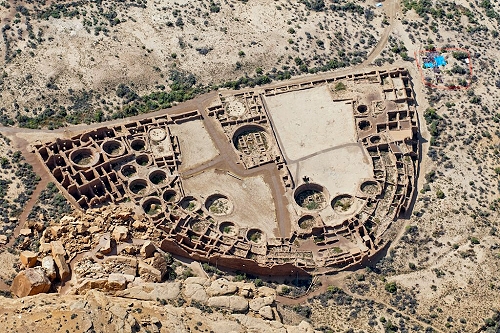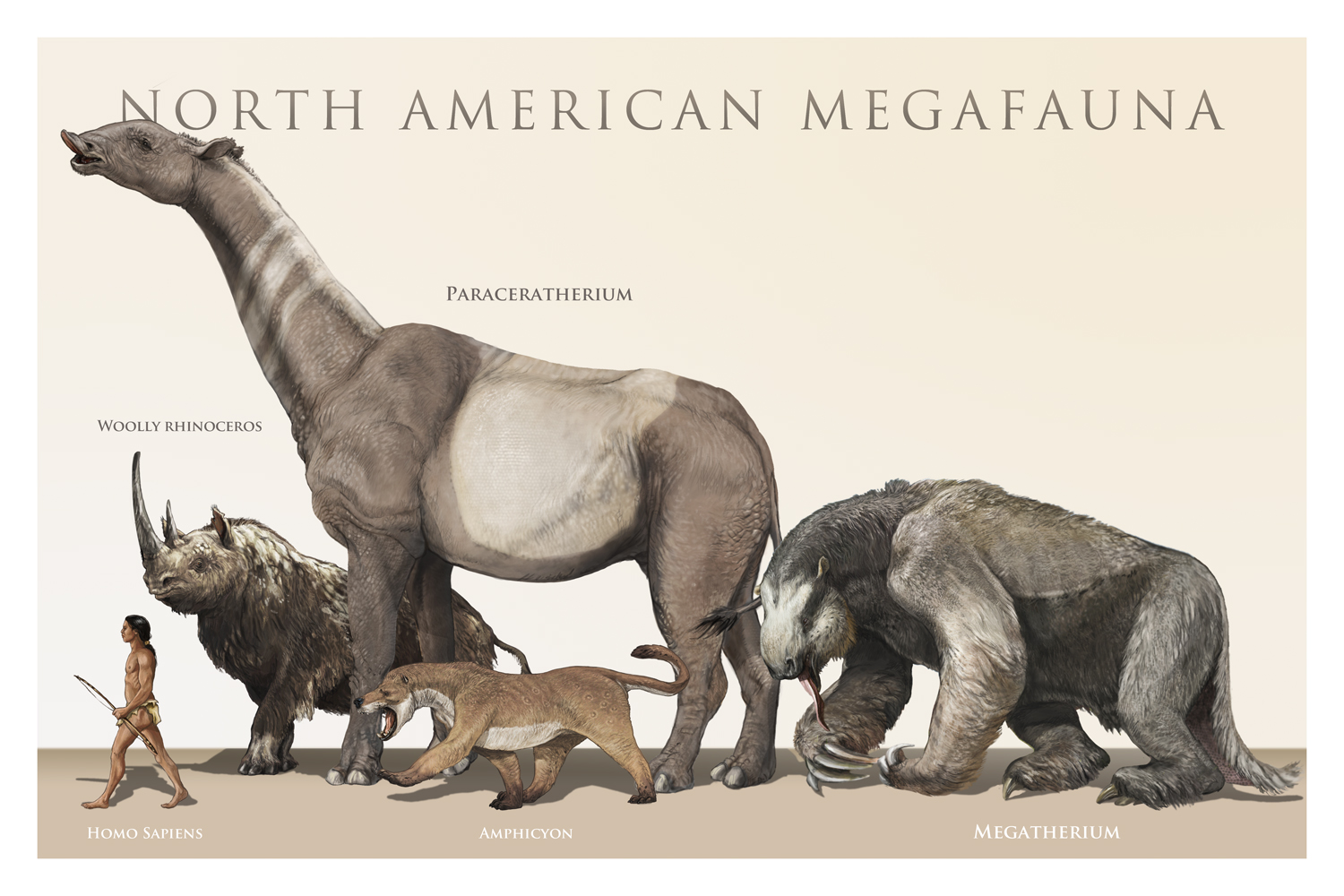How did human beings arrive in the world?
In this story, human beings arrived in the world because the Chief in what is now heaven, had tried healing his ill daughter. During this, a young boy shoved the daughter into the hole in which they were digging up a fruit bearing tree. She then gave birth to her daughter in the world, who then gave birth to twin boys.
How were animals helpful?
Animals were helpful in that they brought food to the future humans.
What did twins do to create the world?
To create the world, the twins separated and created their own portion. They then took turns showing one another what each had created. Upon disagreeing on each other's creations, they begin to fight (to the death), and Djuskaha killed Othagwenda, his twin brother.
Also, what is the difference between the relationship between animals and humans in this story and the Christian origin story?
The difference between the relationship between animals and human in this story and the Christian origin story is that in this story, humans live in somewhat balance with one another, as the twins disagreed on quite a few of each others creations, making it not so easy to live; whereas in the Christian origin story, humans are dominant over all life on earth.
 Sacred Valley in Peru.
Sacred Valley in Peru.
 The top image is the Templo Mayor ruins in Mexico City. The bottom image is a drawing of what Templo Mayor looked like. I thought these were interesting.
The top image is the Templo Mayor ruins in Mexico City. The bottom image is a drawing of what Templo Mayor looked like. I thought these were interesting.

